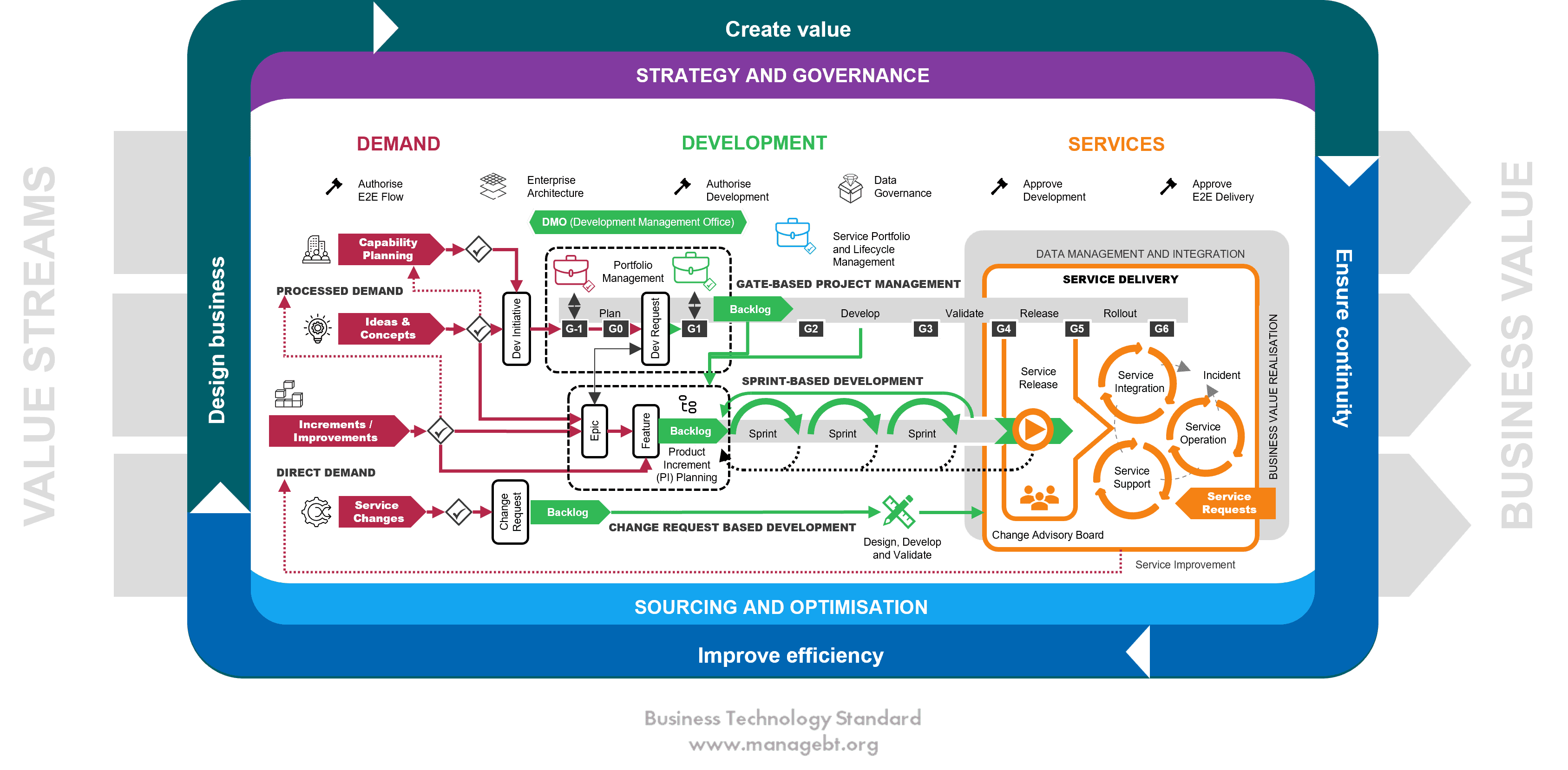In a modern world, technology is business and business is technology and therefore the ownership of technology and data related intellectual property rights and commercial rights are a valuable business asset.
The question of who owns which part of the invention can today be blurry because digitalisation brings in new components on top of existing business, solutions and data. Therefore, agreeing the rights and commercial models clearly from the beginning of the innovation process with memorandum-of-understanding type of a document is important as it protects the organisation’s property and commercial rights.
Intellectual property (IP) primarily encompasses copyrights, patents, trademarks and trade secrets. Traditionally it is considered to be intangible creations of the human intellect, but it also includes what is created by artificial intelligence. From the business technology function point of view this means that software, configurations, processes, ways of working, patents, algorithms, data, etc. are all considered as IP. To which extent the data is considered an IP can vary between different legal systems but can be considered under IP in the context of the Business Technology Standard.
For a technology company, the value of intellectual properties is in general far greater than the value of the tangible properties which should be clearly understood especially by people working in close cooperation with suppliers.
A typical general understanding is that unless anything else is specified, the IP is owned by the party who invents it. However, this understanding nowadays is often false, as the ownership rights to the IP in the intangible world are case specific and almost always defined differently in the agreement. One example is a professional services agreement where, instead of the inventing party, the buyer usually gets the IP for the work. In all cases it is important to agree on the intellectual property rights, as it is a common situation that a (potential) supplier and buyer are having discussions and the work consists of innovating something. Even if the innovation does not lead to anything concrete, the ownership rights are clear and protected by agreements for each party leading to the situation, where any possible conflicts of the future using that IP are minimised.
A company can either own the IP or acquire a right to use the IP via an agreement. The agreement outlines how the IP can be used. For example, a software licence agreement usually states that the software can be used for only a customer’s internal purposes or can be used as an integral part of the customer service or product with third party users. A professional service agreement can similarly state if the buyer is allowed to resell the result of the work. In addition to the different agreements, IP and data rights are also regulated by laws.
It is important to fully understand and keep track of the solution and/or service terms and conditions over its entire lifecycle. If the use of a solution that was originally intended for purely internal purpose, is changed so that it can be accessed by a third party, depending on the terms and conditions, it might imply a complete change to what was originally the agreed use of the solution and therefore the solution and/or service terms and conditions need to be reassessed between the buyer and licence provider.
Since the rights to use an IP determines how the IP in a solution can be used, it also has a significant impact on the price. Therefore, getting the correct usage rights is essential. When acquiring IP, getting more rights than needed usually increases the price while having less rights will limit the opportunity to utilise the full benefit of that IP. In the same way, the IP owned by the company may have an impact on the business value so giving out or keeping the IP rights can either reduce or increase market value.
A company needs to have a policy regarding IPs: how they should be protected and to what extent they can be shared. This should be included on a high level in the business strategy in conjunction with business planning. The IP strategy for a specific product, if applicable, should be part of the service planning. Some IPs are a core asset of the company and some are not, and could advantageously be shared to gain some other benefits such as:
A commercial contract outlines how the business between two companies shall take place. The contract defines the commercial model between the companies. The commercial model will have a significant impact on how the business is done. On a high level, commercial models can be categorised as:
However, to remain competitive and enable fast development of new services, new types of commercial models can be considered such as:
There might not always be a clear distinction between the used models and often the selected model can be a combination of the different models. However, the sourcing function is responsible to ensure that the wanted commercial model is agreed and that there are no unnecessary lock-ups with any of the vendors.
